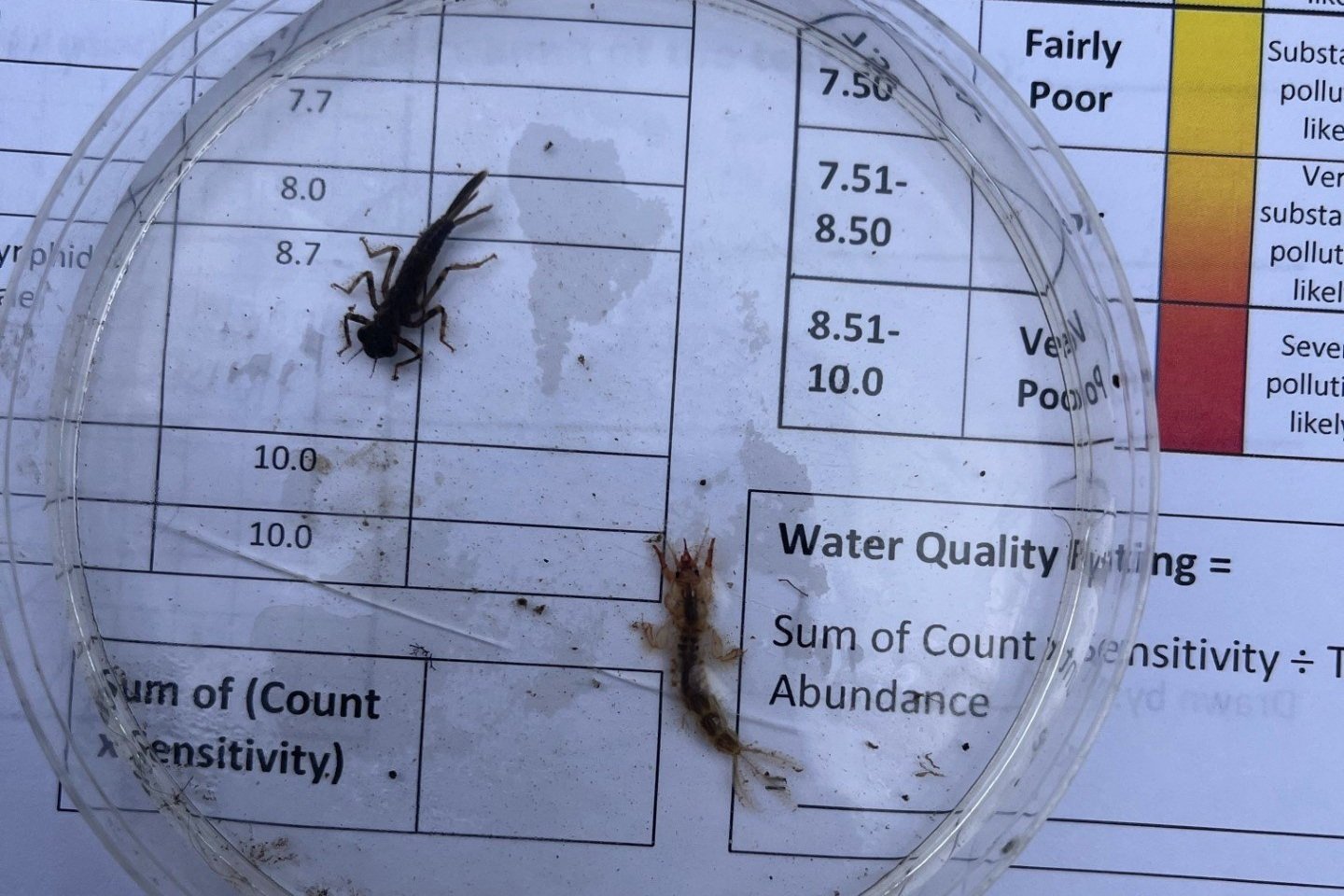
Data Dashboard
Welcome to CRWC’s new data dashboard! Our Data Dashboard aims to make our data accessible for anyone: municipalities, government organizations, professors, students, and more. Currently, the dashboard houses information collected through our Adopt-A-Stream program on the occurrence of macroinvertebrates, or bugs, in the Clinton River. This information helps determine the health of our watershed. We will continue to add additional data over time.
Launch the dashboard by clicking the image below:
Need help with CRWC’s Data Dashboard? Watch this tutorial with Lydia, our Environmental Scientist.


